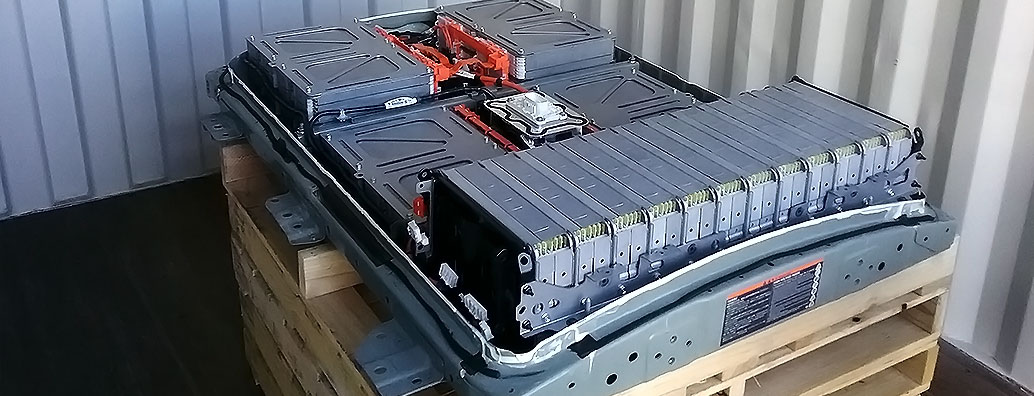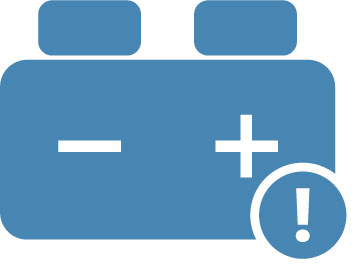
There are still plenty of 30kWh LEAF battery packs that have been treated well including some with high odometer readings that are continuing to perform respectably for their age. However, healthy 30kWh LEAF battery packs are becoming less common and tired examples have become dominant. A car with one of these tired battery packs can still be a good around town commuter, but it is important to understand it’s limitations.
Gradual capacity loss is typically driven by a combination of treatment, age, the number of charge/discharge cycles completed and the depth of those charge/discharge cycles. On the 30kWh battery fitted to the Nissan LEAF in the 2016 & 2017 model years, it has become clear that the number of charge/discharge cycles tends to be more important than on some of the earlier models. This means that the odometer reading of the vehicle tends to be more significant in terms of predicting the condition of the battery than it was on earlier versions of the car fitted with a 24kWh battery. It should also be noted that the 24kWh battery pack continued to be offered alongside the 30kWh model.
The 24kWh LEAF battery tends to lose capacity (and therefore range) mostly based on age and without developing any other noticeable issues. However, in contrast the cells in a heavily worn 30kWh battery pack tend to develop what is commonly (arguably incorrectly) referred to as high internal resistance.
This means that it isn’t just the cell’s reduced capacity that has reduced, but also the cell’s ability to deliver high power. In practical terms, vehicles with these battery packs can remain perfectly usable for commuting around cities and suburbs at low speed, but eventually they become unsuitable for use at open road speeds or driving up hills with a steep gradient where the vehicle can go from showing a lot of remaining range to very little (or even go into turtle mode) very quickly.
The lithium battery controller (LBC) in the 30kWh battery pack calculates a parameter that Nissan calls the internal resistance coefficient but it is sometimes also referred to as Hx in the LEAF community. This parameter starts life at 100% on a new battery and reduces as the internal resistance of the battery increases.
When the internal resistance coefficient on a 30kWh LEAF battery reaches a value in the high 30s it is typical for the state of charge display on the instrument cluster to drop suddenly when transitioning from low load driving to high load driving. Conversely, the state of charge on the instrument cluster will increase suddenly when transitioning from high load driving to low load driving. Commonly, this situation is seen with 30kWh LEAF battery packs that have done 100,000-150,000kms.
When the internal resistance coefficient of a 30kWh LEAF battery reaches a value in the low 30s or high 20s then more serious problems tend to develop under high load conditions. This can include a change from indicating plenty of remaining range through to turtle mode very quickly. Commonly, this situation is seen with 30kWh LEAF battery packs that have done over 150,000km.
Because the internal resistance coefficient is calculated over the entire battery pack and not just the worst cell in the battery, a small number of bad cells doesn’t tend to result in a low internal resistance coefficient value. So a low internal resistance coefficient tends to indicate that all or most of the cells have developed high internal resistance. In these cases battery pack repair tends to be nonviable compared to battery pack replacement. However, cars that still have a reasonably good internal resistance coefficient but are still exhibiting the issues mentioned above may be genuine candidates where repairing that battery pack through individual replacement of a small number of modules may be justified.

Physical Address:
14 Mowbray Street, Waltham
Christchurch, New Zealand
Hours:
Monday-Friday 8:30AM-5:00PM NZT
Earlier/later available by arrangement